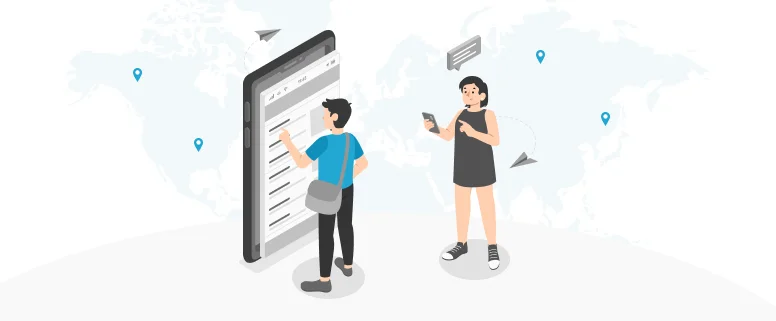The various common components (such as manuals, online help and software) of localization industry are usually RTF/DOC documents, FrameMaker documents, HTML/XML documents or PowerPoint and other file formats.Regardless of the translation source file format, these “one size fits all” criteria below are equally applicable to all formats.
Accurate
All the content of the translation file should be corrected translated. There should be no wrong, missing translation. And the translation should have to faithfully reflect the original content of the file and the function of the software.
If you want to delete or add (referring to the additions, deletions of the content) the content of the file, you must be take care of the situation and should do this according to the differences between the pre-location software and the post-location software.
The translation of the source file should be without wrong spelling and translation. Also the translation should be very accruable. There are no ambiguous expressions in the content.
After the translation, you should delete the original English, and there’s no English letters, words and punctuation in the translation files.
The reference in document, such as chapter number, page number and the description should accurate and consistent through the whole translation
The chapter titles, product names, manuals names, help topics, jumping text, footnotes and tables should be translated correctly and consistently.
Vocabulary
Common vocabulary and User Interface vocabulary translation should follow the specific related glossary
If the glossary of some words provides more than one translation, the translator should select the most accurate translation according to the contexts. Do not apply for glossary to translate the source file mechanically. If you still have any questions on this, please ask for help from your project manager or your advanced editor who responsible for this project. If the questions are still unsolved, please contact your client for help.
The vocabulary which appears in the interface, the translator should make them be consistent with the style in the UI vocabularies in the software.
The translation methods for the same word under the same situation should be same as those appearing between the various documents or the whole project.
For the technical terms which are not appearing in the glossary, its common translations should be applied.
Avoid using difficult or dialect words
Read Also: A Mistake in Law Translation
Language Expression
The grammar and expressions of the translation should be consistent with Chinese norms and habits, and any rigid or literal translations should be avoided.
The translation should strive to refine, under the premise that the translation is accuracy and readable.
Words that are not necessary should be deleted Expression of the translations should be concise, fluent and easy to understand for the reader.
For the source languages, if the sentence is too long, according to the expressions of the Chinese, the long sentences should be divided into several short sentences for clear and correct expression purpose.
Different nature and purpose of the documents should use different style: The operation instructions, notes or UI terms that appear in the software installation and running process should be short and easy to understand.
Online help and manuals should be cordial and friendly; Promotional materials, web pages should focus on language modification;
The narrations for training material should use spoken language and in a way of dialogue to meet the satisfactions of the target user. Technical documentation should use impersonal statements.
The translations of the words and tone should avoid of the following conditions of discrimination protected by law: For example, Gender, age, race, occupation, marital, religion, political beliefs, political parties, international, wealth and physical disabilities and so on.








